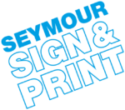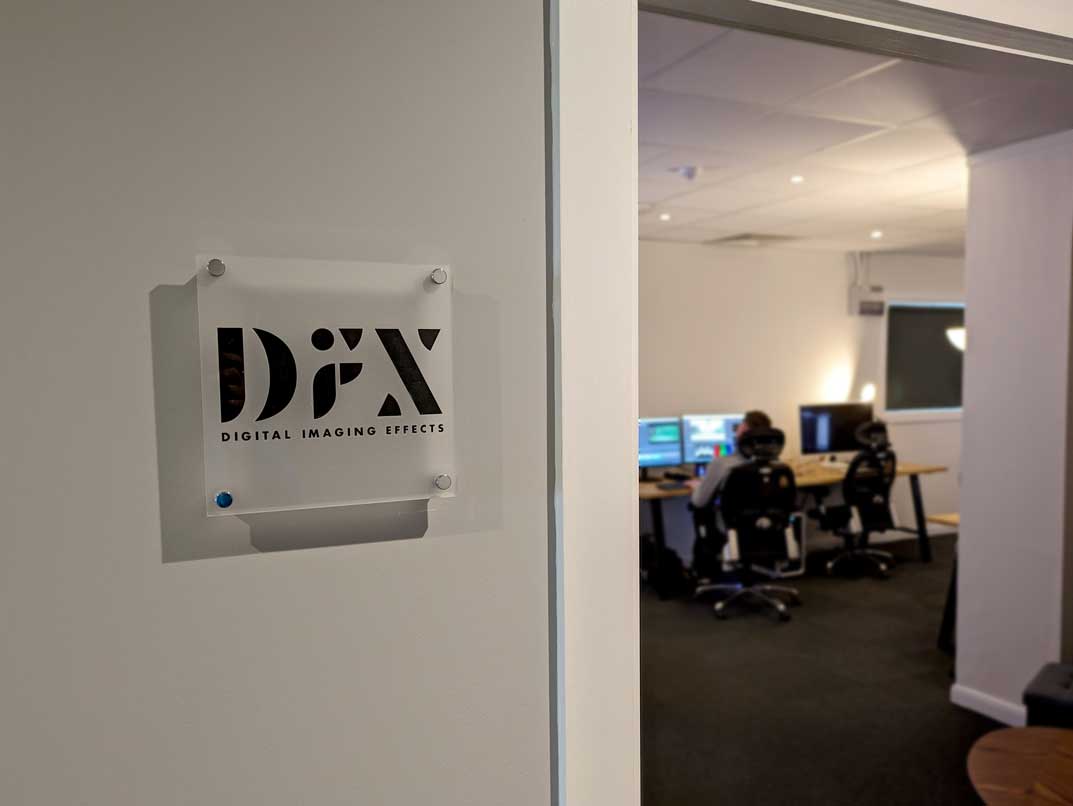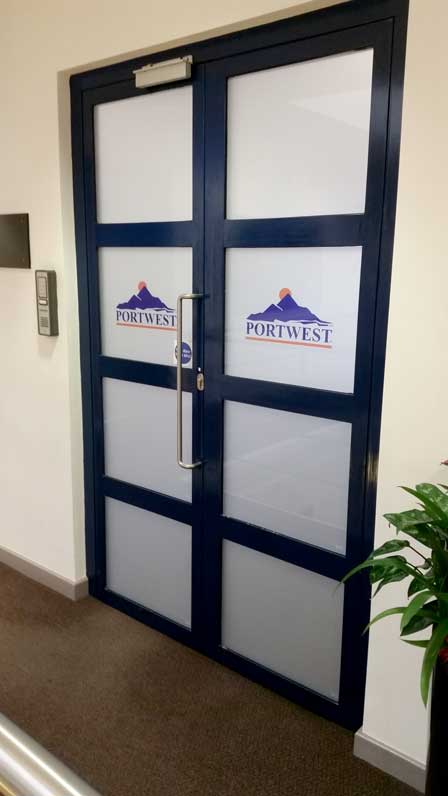Power of Signage
In the competitive landscape of modern business, the old adage you never get a second chance to make a first impression rings truer than ever. For business owners and entrepreneurs, signage acts as a silent ambassador, conveying messages about their brand, values, and professionalism before a potential customer even sets foot inside. This article explores the critical role of signage in business, underscoring why it is a worthy investment that can yield substantial returns in visibility, customer engagement, and overall brand perception.
The Importance of Signage in Business
Signage is a fundamental element of marketing that encompasses various types of visual graphics used to communicate information to an audience. From storefront signs to directional signage, each type plays a unique role in not only attracting customers but also enhancing their experiences. The design, placement, and quality of these signs can significantly influence public perception and business outcomes.
Investing in signage is not merely about aesthetics; it’s about establishing a strong brand identity and presence in the marketplace. Effective signage can increase foot traffic, promote brand awareness, and ultimately lead to higher sales. With digital marketing taking the forefront, many business owners may overlook the power of traditional signage, but neglecting this aspect can be detrimental. Well-crafted signage is not just an ornament; it is a strategic tool that works around the clock to attract and inform customers.
Why Invest Money into Signage?
Long-Term Cost Savings
While investing in high-quality signage may seem costly upfront, it can lead to significant long-term savings. Durable materials and professional design reduce the need for frequent replacements and repairs, which can add up over time if lower-quality alternatives are chosen. Furthermore, well-designed signage can effectively convey the message, reducing the necessity for additional advertising costs.
Consider the energy and maintenance costs associated with more temporary forms of advertising like banners or flyers. These often require regular updating or replacement, while a single, well-placed sign can last for years. In many cases, the initial investment in quality signage pays for itself within a short period due to decreased advertising expenses and increased customer engagement.
Enhancing Brand Visibility
Effective signage enhances brand visibility and recognition. In crowded markets, distinguishing your brand from competitors is crucial. A unique and eye-catching sign can captivate potential customers, drawing them into your establishment. Consistency in branding across all signage—from storefronts to interior displays—reinforces your brand identity and ensures that your business remains top of mind.
Moreover, signage can communicate various promotional messages effectively, allowing businesses to highlight sales, new products, or services. This visual communication is immediate and can influence customer decisions right at the moment of consideration. In an increasingly digital world, standing out through physical signage can create a significant competitive advantage.
The Benefits of Good Signage
Creating Lasting First Impressions
Good signage is often the first interaction customers have with your brand. A well-designed, aesthetically pleasing sign conveys professionalism and quality, which can create a lasting impression. Conversely, poor signage can deter potential customers before they even enter the door.
Research shows that consumers are more likely to engage with brands that present a cohesive and polished image. When signage reflects quality and attention to detail, it signals to customers that the products or services offered are likely held to the same standard. This initial impression can be pivotal in establishing trust and credibility.
Improving Customer Experience
Signage plays a crucial role in enhancing the overall customer experience. Clear and informative signs guide customers through a space, making navigation easy and intuitive. This is especially important in large retail environments or service-oriented businesses where customers may feel overwhelmed.
Good signage can reduce frustration by providing essential information, such as directions, hours of operation, and service offerings. When customers have a positive experience navigating a business, they are more likely to return. Effective signage can also influence the mood of customers by creating an inviting atmosphere that encourages exploration and interaction.
Boosting Office Branding and Recognition
For businesses operating in an office setting, signage can be an essential part of internal branding. Office branding through signage not only informs visitors but also instills a sense of pride among employees. When employees see their brand values articulated through signage, it can enhance motivation and promote a cohesive company culture.
Additionally, well-designed office signage can foster a professional image that resonates with clients and partners. Clear identification of departments, meeting rooms, and services not only improves functionality but also enhances the overall perception of the organization. This is critical in industries where professionalism is paramount.
The Risks of Cheap, Low-Quality Signage
Negative Impact on Brand Image
Opting for low-cost signage may seem like an attractive option for budget-conscious business owners, but the risks often outweigh the savings. Cheap, poorly designed signs can detract from your brand’s image, making it appear unprofessional or unreliable. In an era where consumers are more discerning, a lackluster sign may lead potential customers to question the quality of the products or services offered.
Furthermore, if signage deteriorates quickly due to weather or wear, it can leave a negative impression on customers who may perceive the business as careless or negligent. Maintaining high standards across all aspects of branding, including signage, is vital in cultivating a trustworthy and positive brand image.
Higher Replacement Costs
As previously mentioned, opting for cheaper signage may lead to more frequent replacements due to wear and tear. The cumulative costs of replacing low-quality signs can quickly surpass the initial investment in a durable, high-quality sign designed to last. Not only does this impact financial resources, but it also consumes valuable time and effort that could be better utilized in enhancing other aspects of the business.
Investing in quality signage from the beginning can mitigate these ongoing costs, ensuring that your brand is represented consistently and effectively over time. This approach allows businesses to focus their energies on growth and customer engagement rather than constant maintenance and replacement of inadequate signage.
Missed Opportunities for Customer Engagement
Quality signage provides an opportunity for engagement with customers that low-quality signs often fail to deliver. An attractive, well-placed sign can prompt questions, evoke curiosity, and create a dialogue between the business and potential customers. On the other hand, cheap signage may not garner the attention needed to initiate this interaction.
Moreover, effective signage can serve as an extension of marketing campaigns, offering promotions and specials that entice customers. Low-quality signage may not effectively communicate these messages, leading to missed opportunities for conversion and customer loyalty. Therefore, investing in good signage is not just about aesthetics; it’s about enhancing the overall customer journey and fostering engagement.
First Impressions Matter
Signage as a Reflection of Professionalism
In any business, the first impression often stems from visual aspects, with signage playing a pivotal role. A polished and professional sign reflects the values and quality of the business. It suggests that the business owner takes pride in their offerings, which can resonate with customers looking for reliability and quality.
Professional signage communicates that the business is established, trustworthy, and prepared to meet customer needs. This initial perception is crucial in industries where competition is fierce, as customers may have numerous options to choose from. A strong first impression can be the difference between a customer choosing your business over a competitor.
How Quality Signage Can Justify Higher Prices
Investing in high-quality signage can enable a business to establish premium pricing for its products or services. Customers often associate quality signage with higher quality offerings. When a business invests in its branding and presentation, it signals to consumers that they value their products or services, which can justify a higher price point.
Research indicates that consumers are willing to pay more for products and services from businesses that present themselves as legitimate and professional. This perception, fostered by quality signage, not only enhances the brand’s image but also positions it as a leader in its market. Ultimately, the investment in quality signage can yield greater profitability over time.
Conclusion
Making the Right Investment in Signage
In conclusion, the importance of signage in business cannot be overstated. Quality signage serves as an essential marketing tool that enhances brand visibility, creates lasting impressions, and fosters customer engagement. While the initial cost may appear steep, the long-term benefits—including cost savings, improved customer experience, and enhanced brand perception—make it a worthy investment.
Final Thoughts for Entrepreneurs and Professionals
For entrepreneurs and business professionals, understanding the role of signage is crucial for success. Whether you are a small business owner or a healthcare professional, investing in quality signage is an investment in your brand’s future. By prioritizing effective signage, you not only enhance customer experiences but also position your business for growth and sustainability in a competitive market.
FAQs
1. What types of signage should I consider for my business?
Consider a mix of exterior and interior signage, including storefront signs, directional signs, promotional banners, and informational displays. The right combination depends on your business model and customer needs.
2. How can I determine the right budget for signage?
Assess the potential return on investment by considering factors like increased customer traffic and brand visibility. A good rule of thumb is to allocate a percentage of your marketing budget specifically for signage.
3. How often should I update my signage?
Regularly review your signage to ensure it reflects your current branding and offerings. Update signage as necessary, especially in cases of rebranding, new promotions, or changes in location.
4. Can signage help with compliance and safety?
Yes, appropriate signage can assist in compliance with safety regulations and help communicate important information to customers and employees, ensuring a safer environment.
5. What are the best materials for outdoor signage?
Common materials for outdoor signage include metal, acrylic, and weather-resistant vinyl. These materials are durable and can withstand various weather conditions while remaining visually appealing.





